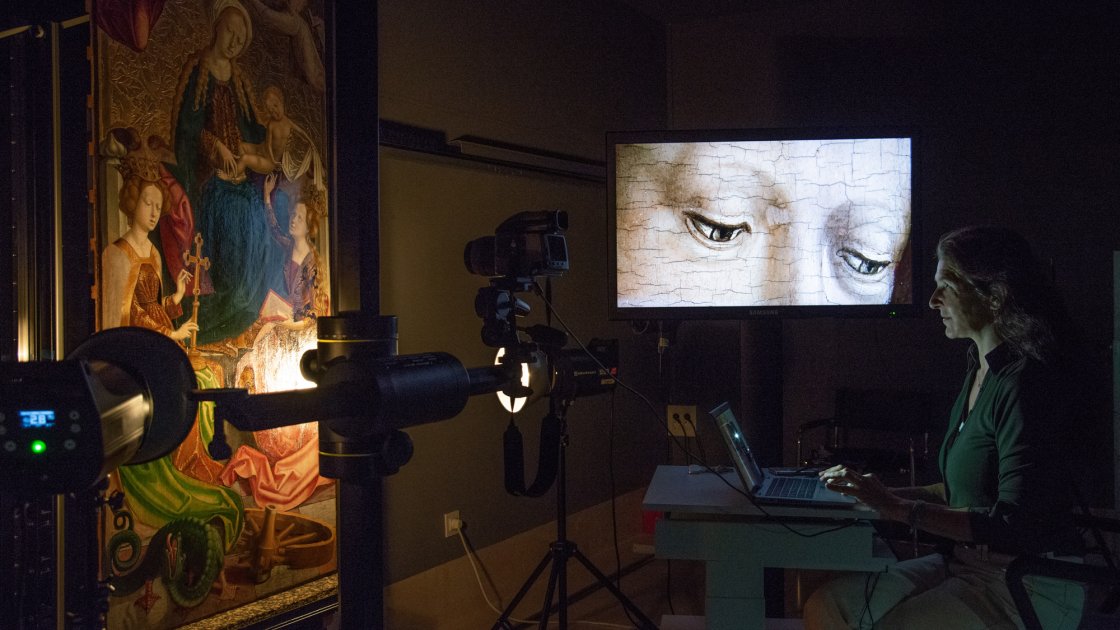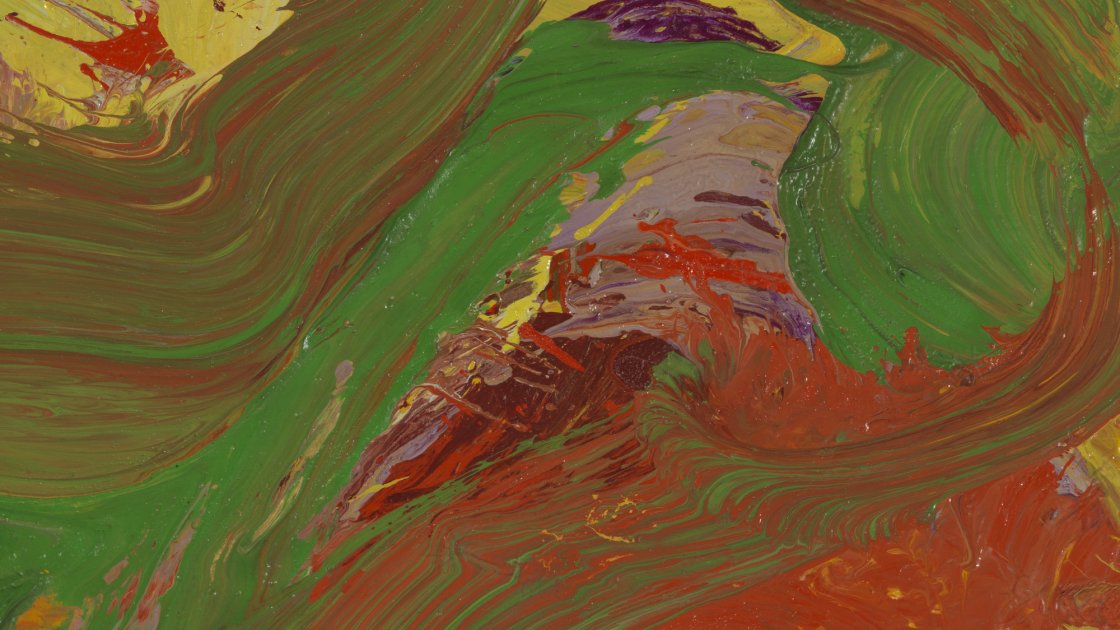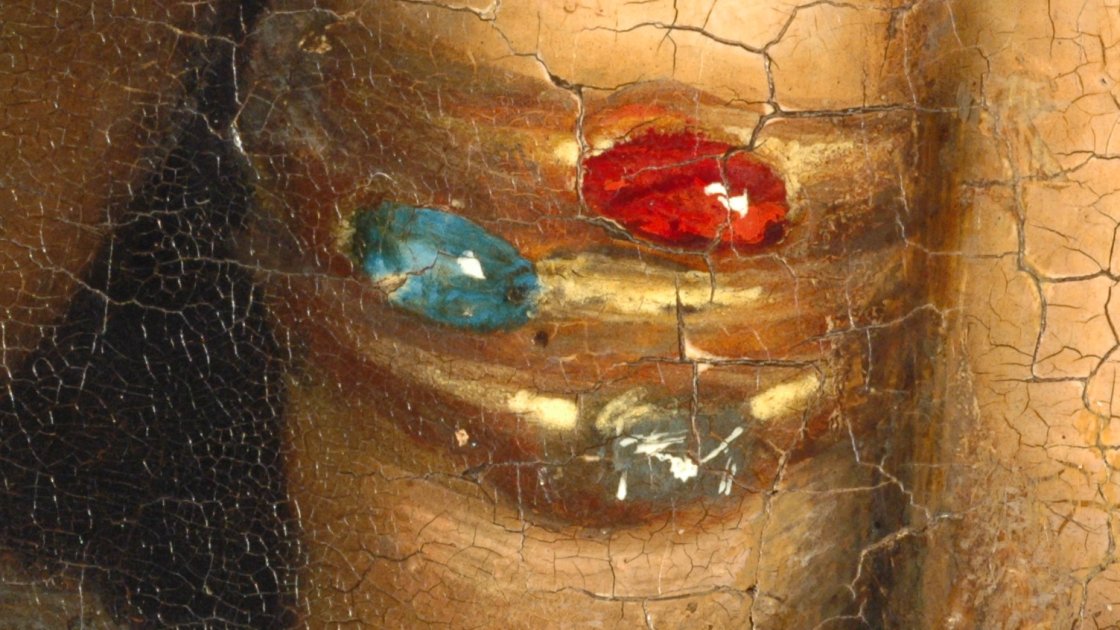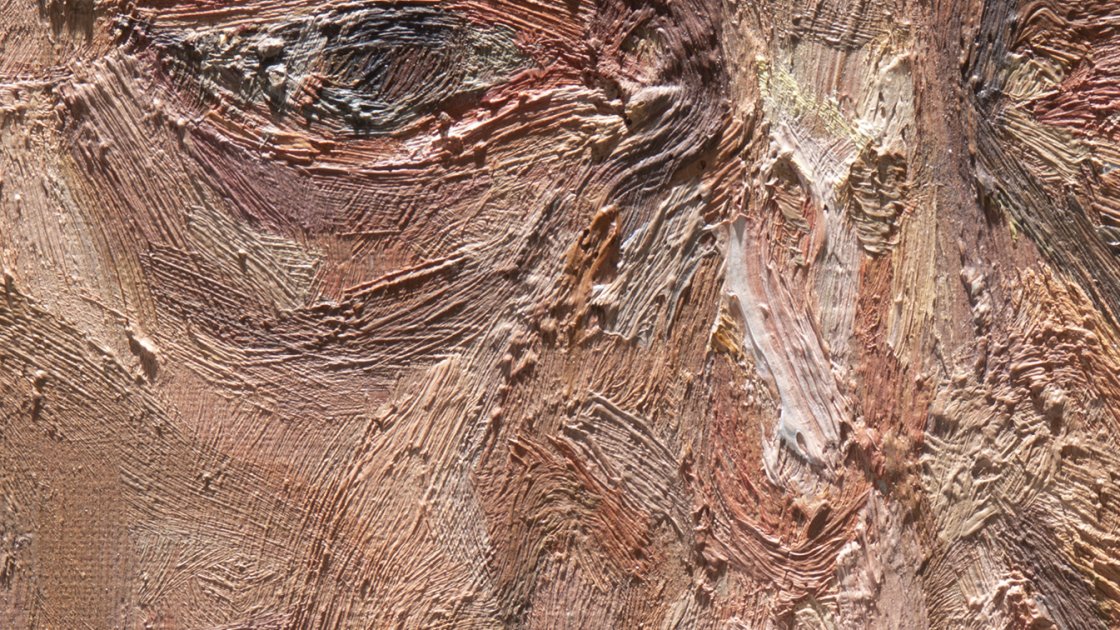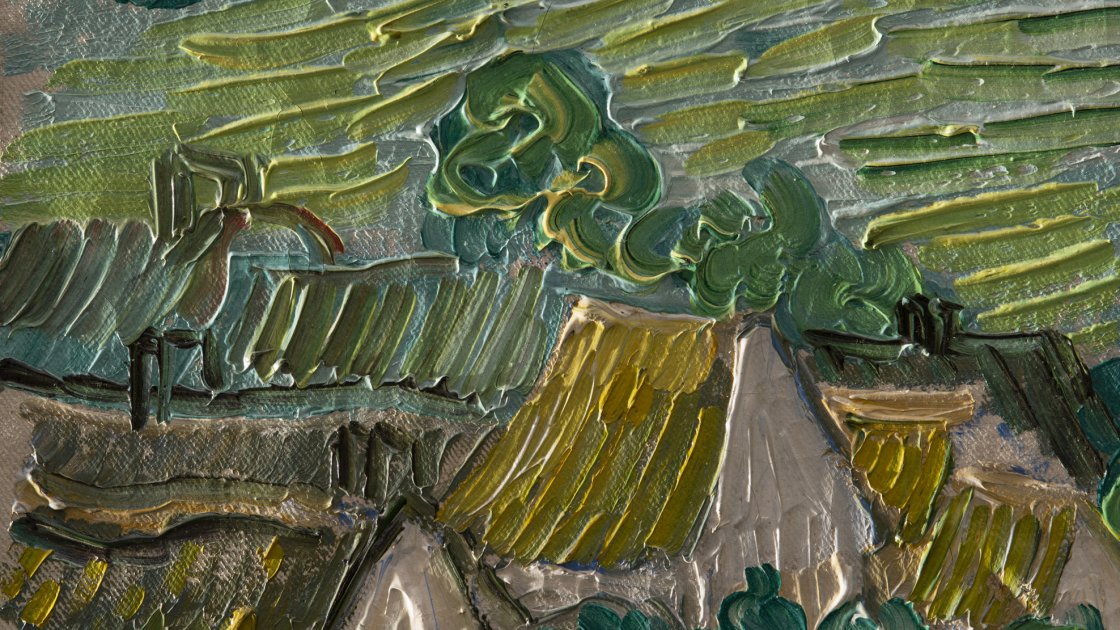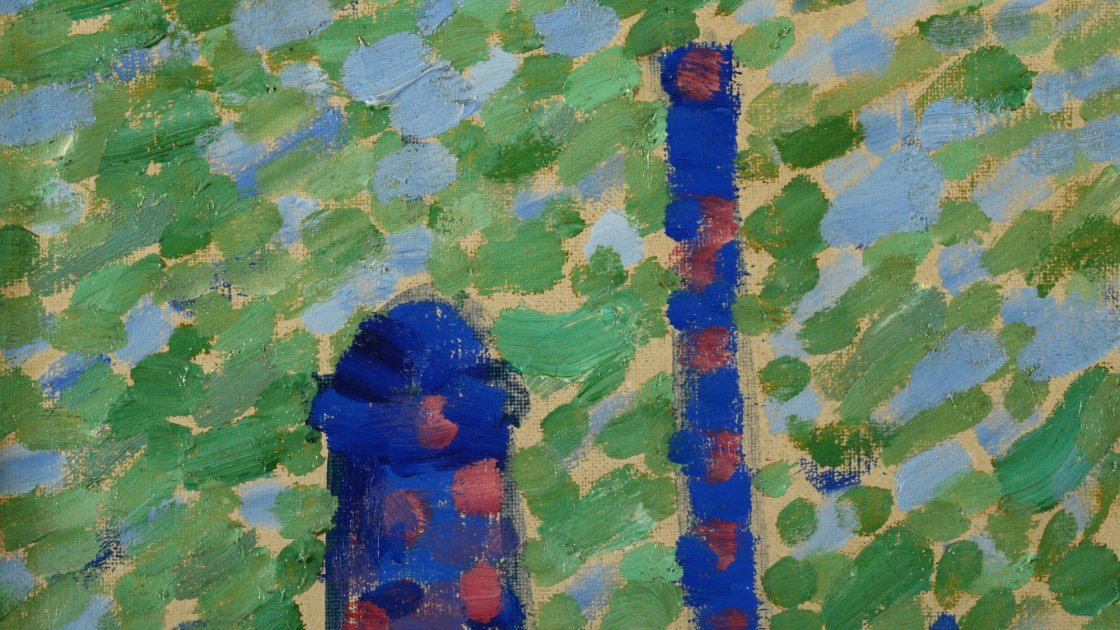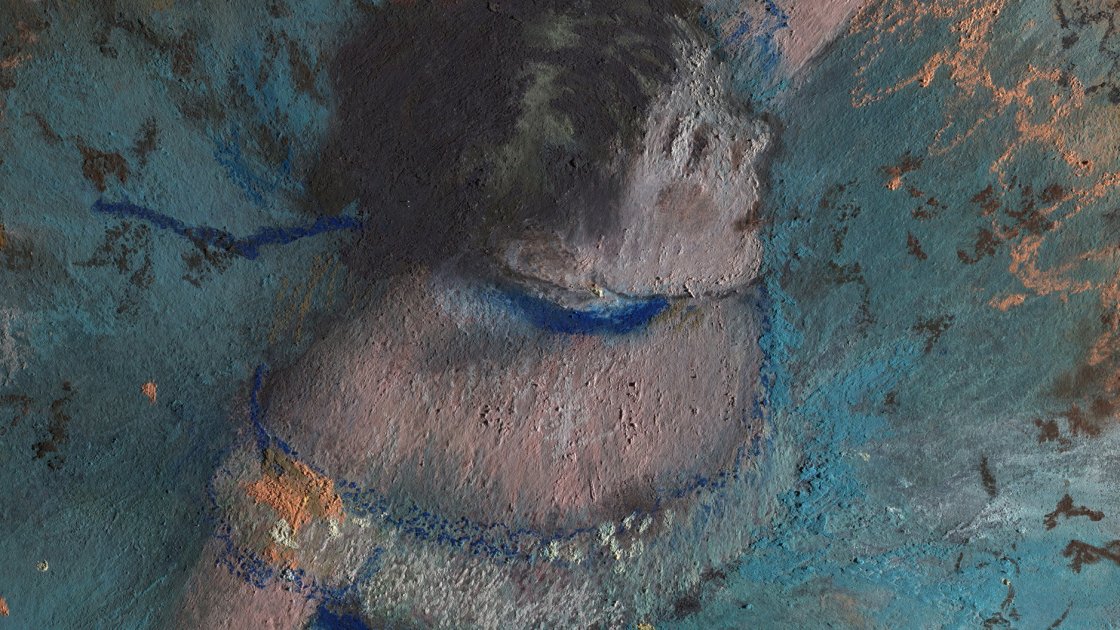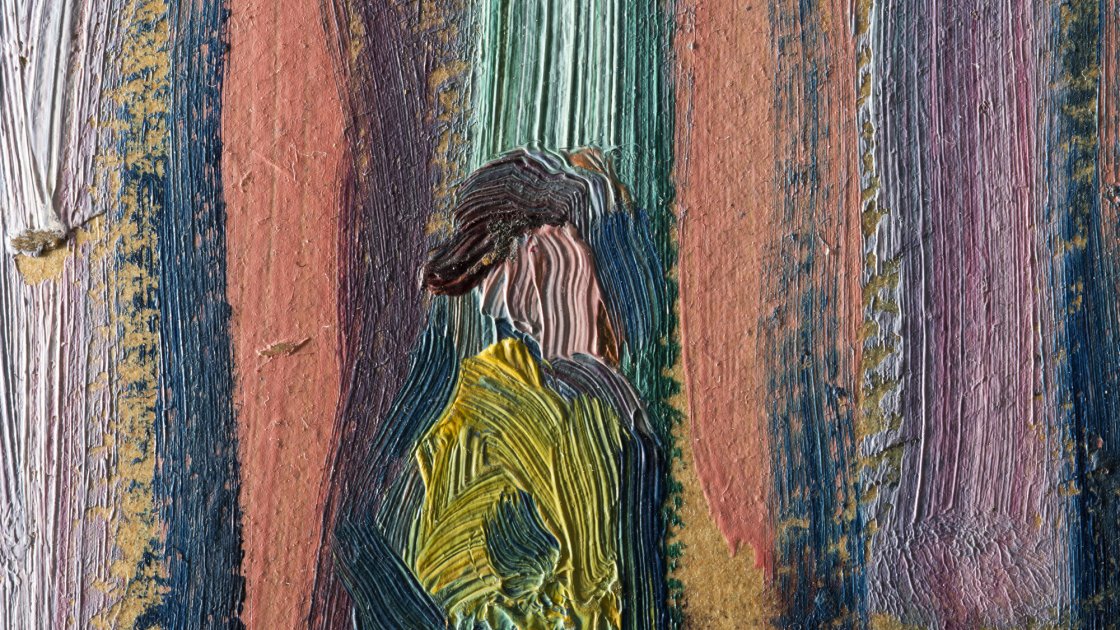Visible Light Imaging
To study artworks it is necessary to have the best possible technical documentation. The images obtained using the appropriate technology for combining different wavelengths provide us with information that is beyond our visual capacity. Combining this information with the rest of the conclusions drawn from the different lines of research can bring us closer to a conclusive diagnosis.
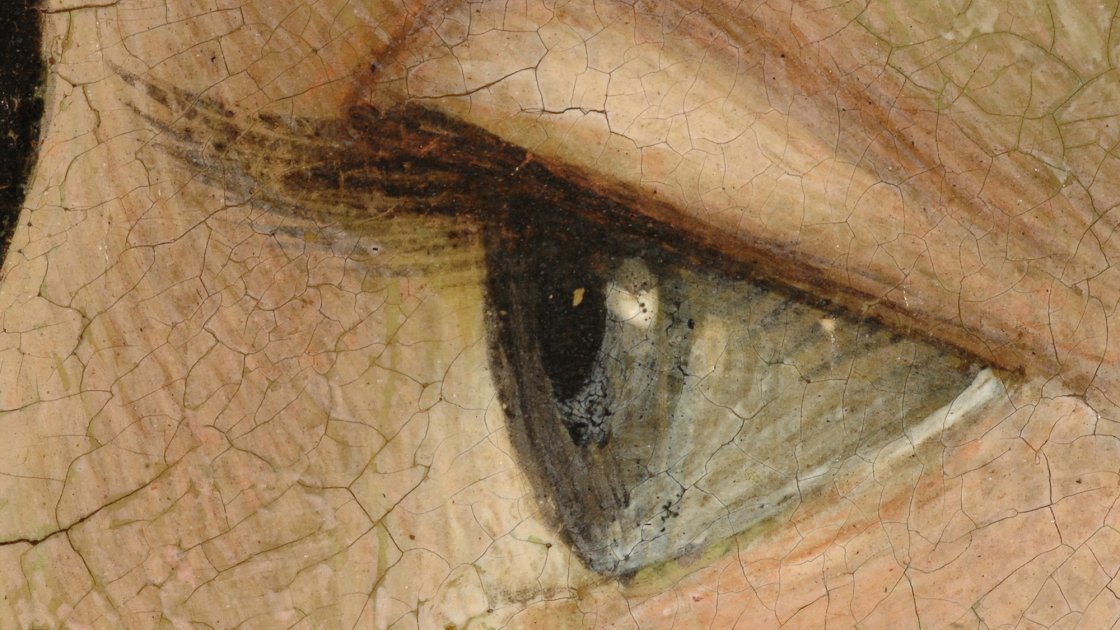
Gigapixel Imaging
Very high-resolution or gigapixel digital photography is being used as a means of documenting, analysing and disseminating works.
A gigapixel image is a bitmap composed of megapixel images stitched together to provide higher-quality and more detailed images. Creating a gigapixel image involves capturing and compositing hundreds of photographs of details of the work. To do this, the painting is mounted on a robotic easel made by Servimatismos to take successive photographs that are then stitched into a very-high-resolution image.
The aim is to document works of art with high-resolution photographs. Gigapixel images achieve a very high degree of definition, which makes it possible to examine the work of art in great detail.
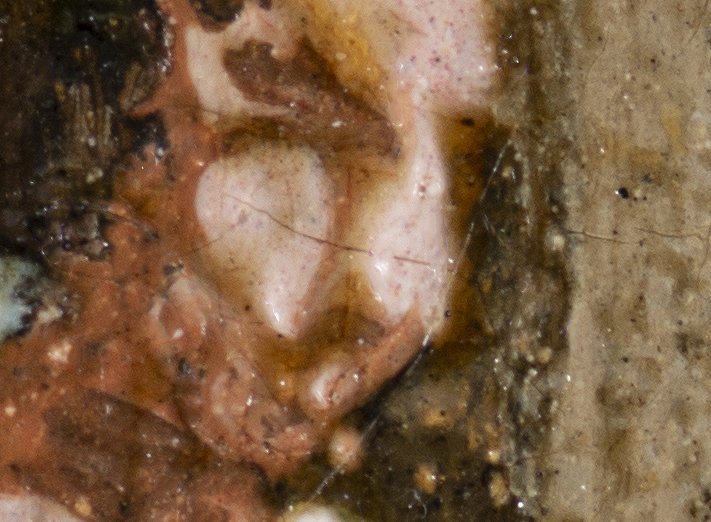
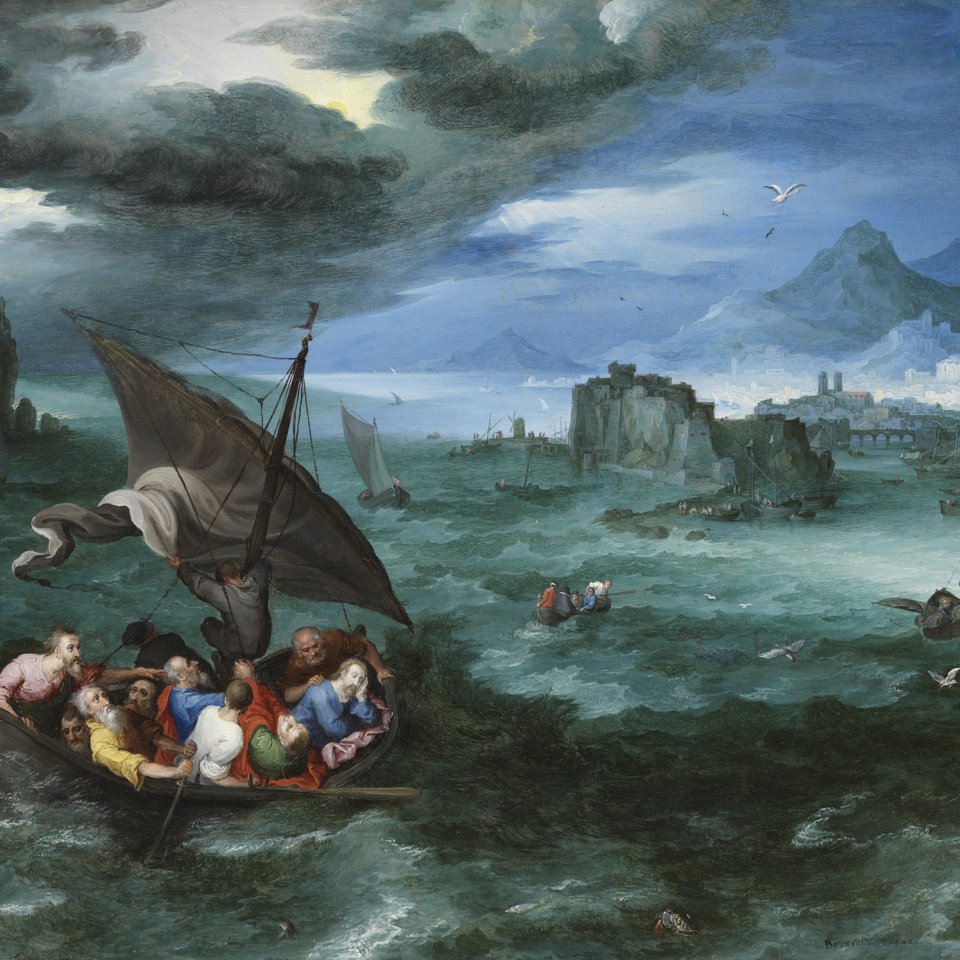

Macrophotography
The degree of information gleaned from this technique is very detailed. By capturing macrophotographs of the entire surface of the works, we obtain information of great historical value. Besides helping us to understand the artist's technique, it enables us to carry out highly detailed, almost microscopic monitoring, which is a very valuable aid to studying the condition of the works. Macrophotographs are useful as reference maps that can be compared with images obtained over a specific period of time in order to assess the progress of possible deterioration.
The closer look it provides is also an essential support for physical-chemical studies of artworks, as it helps us choose the exact point from which to take samples in order to obtain the maximum information about a painting’s technique and history.
Transmitted Light Imaging
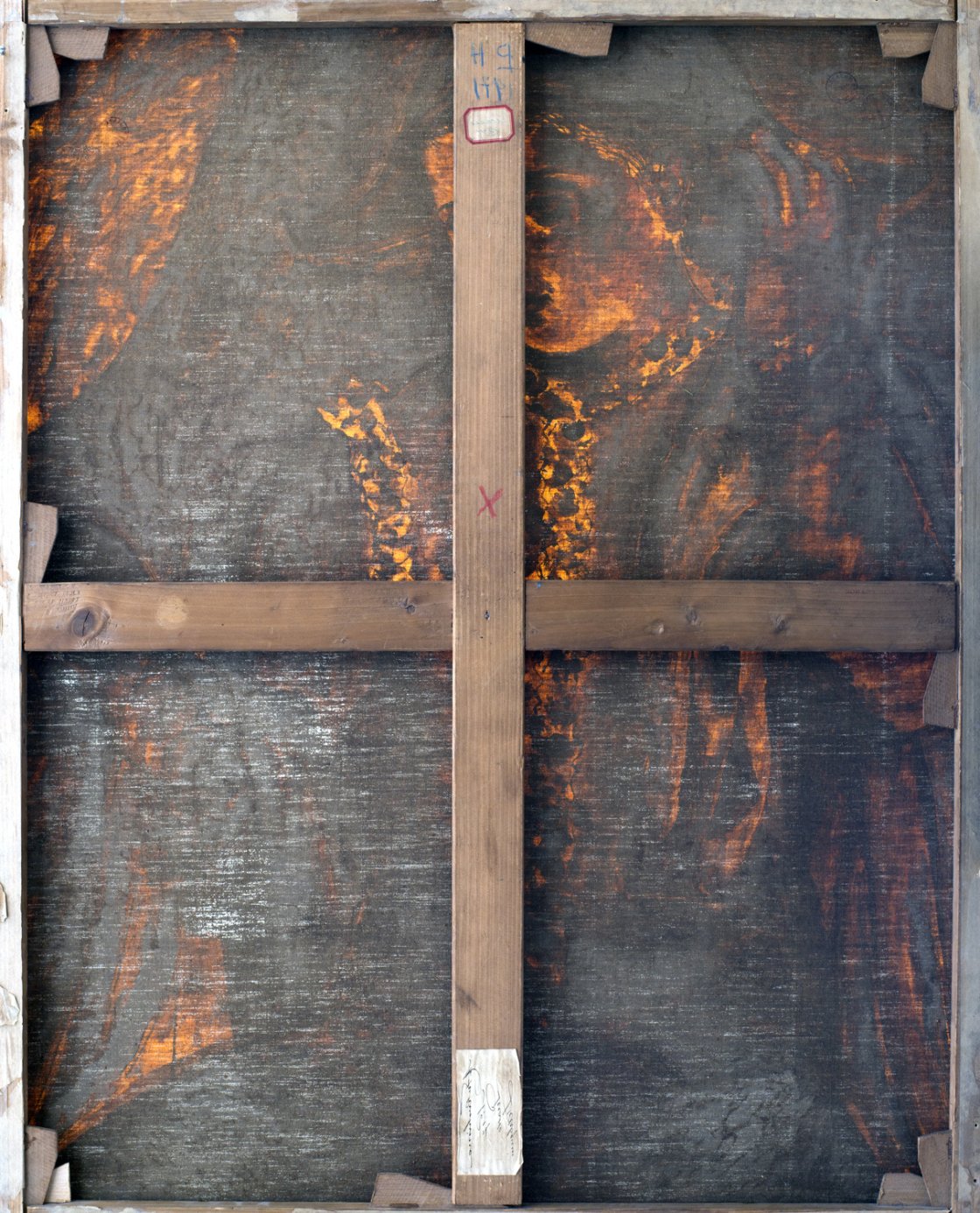
Technical studies carried out on works of art using transmitted light involve examining the piece by shining light through it, making it possible to observe details and features that are not visible to the naked eye.
In this technique the light source is positioned behind the painting and different types are used, such as halogen or LED lights. As the painting is illuminated from behind, we are able to identify changes in opacity, the condition of the support, and hidden damage such as cracks or tears. It also provides information about the paint layers or earlier interventions including details added prior to the final design.
This technique can only be used on transparent surfaces as light cannot pass through paintings that have been lined. The results are studied in collaboration with restorers/conservators and specialists.
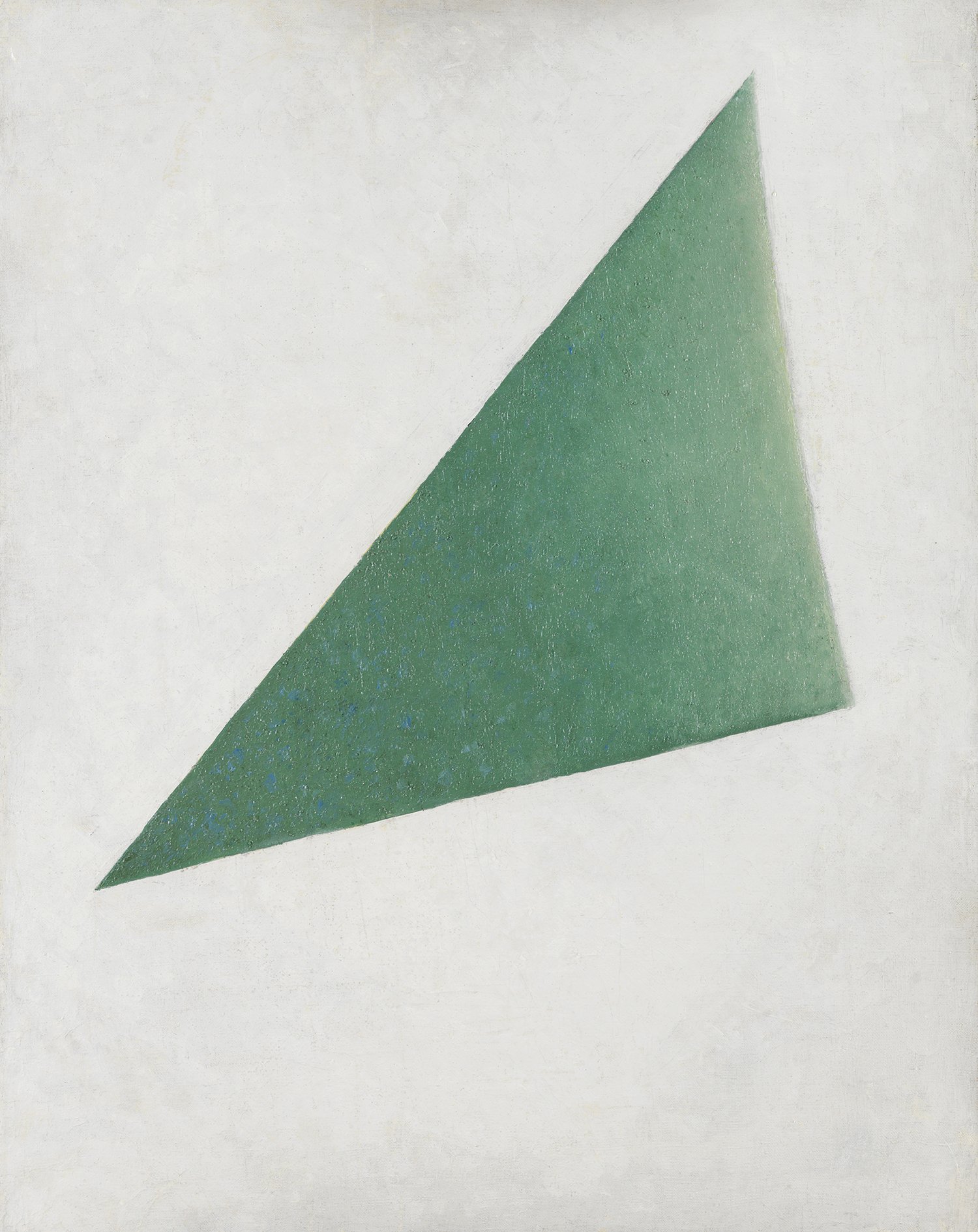
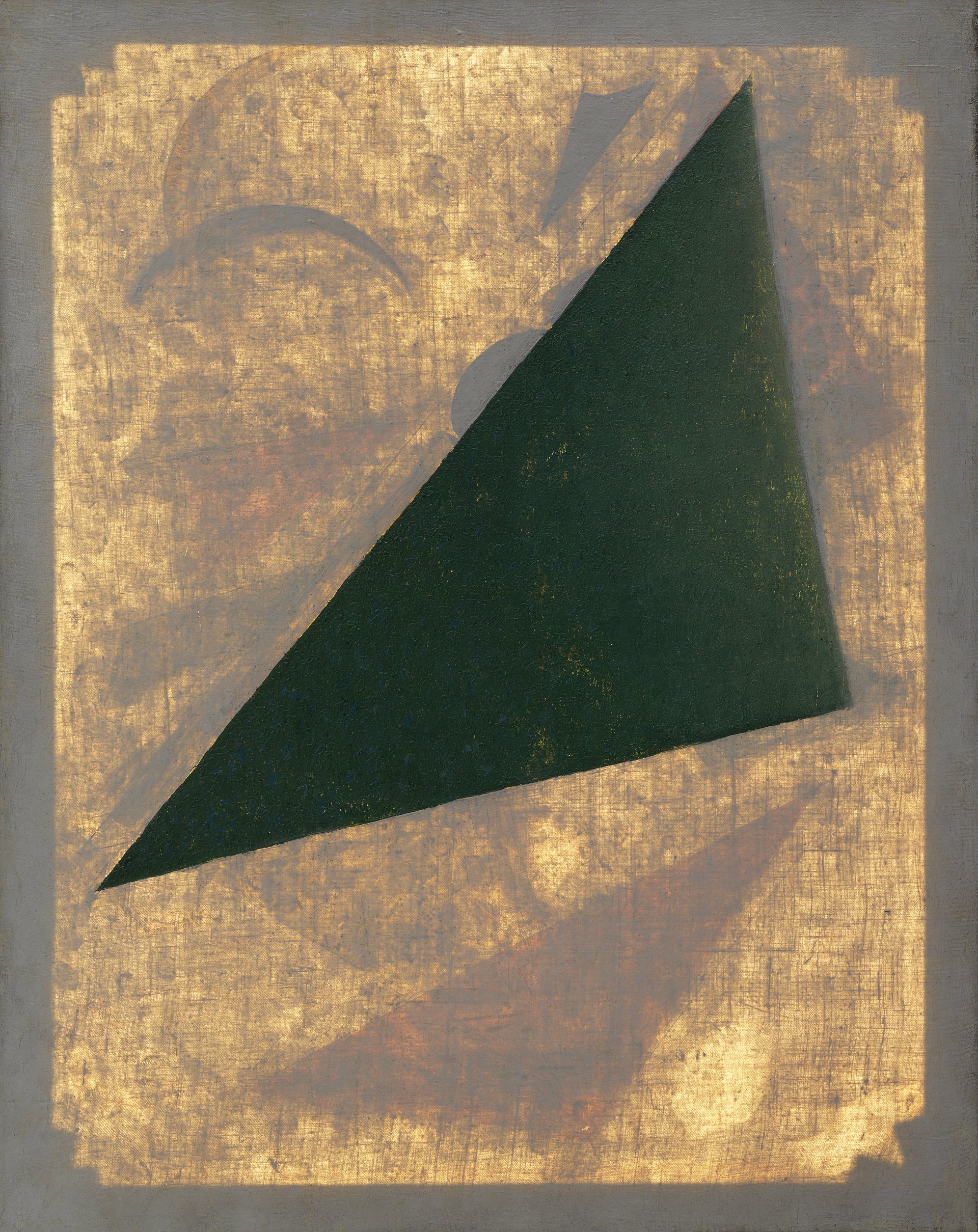
Raking Light Imaging
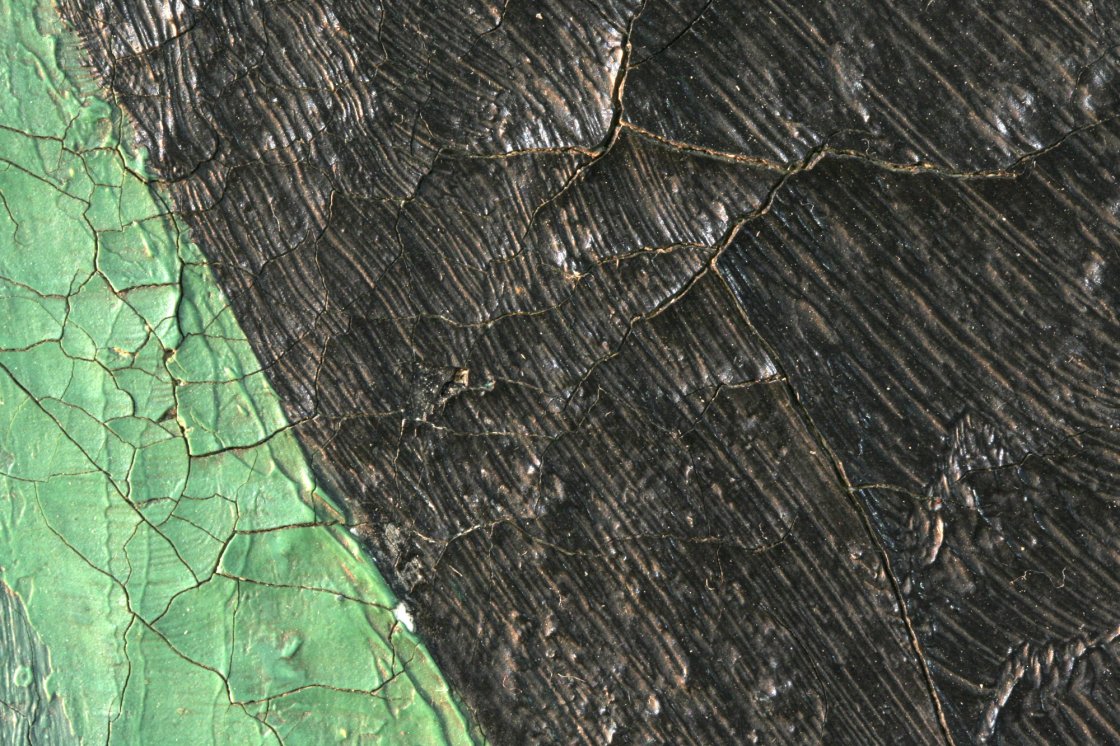
The raking or tangential light system involves projecting visible light across the object at an oblique angle.
This procedure reveals the relief of the work, craquelure, splits or flaking of the paint layer; it helps us to better understand the painter's technique and discover any incisions or compositions beneath the paint layer.
